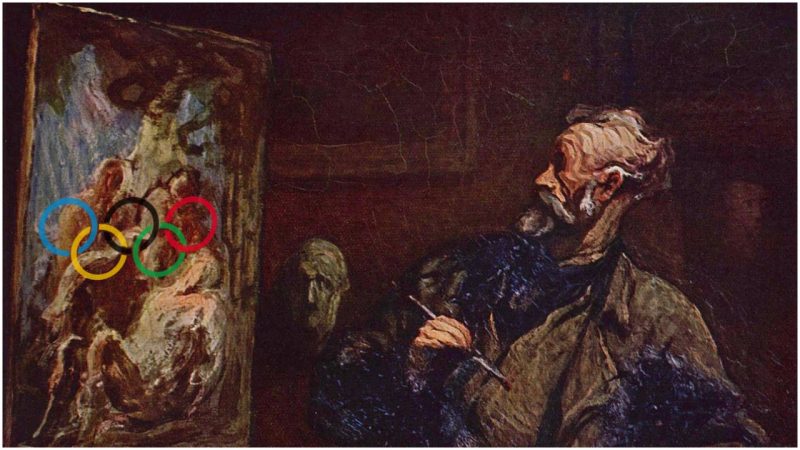This month Rio De Janeiro is home to the biggest and oldest sporting event where athletes from all over the world are given the opportunity to shine brightly in the specific category. While the modern day Olympic Games are all about sports, over a century ago writers, painters and architects were also doing their best and hoping to win a gold medal.
Art competitions formed part of the modern Olympic Games during its early years, from 1912 to 1948. The competitions were part of the original intention of the Olympic Movement’s founder, Pierre de Frédy, Baron de Coubertin. Medals were awarded for works of art inspired by sport, divided into five categories: architecture, literature, music, painting, and sculpture.
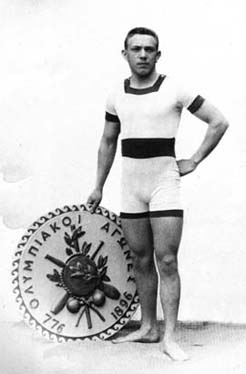
With the founding of the International Olympic Committee (IOC) in 1894, and the celebration of the first modern Olympic Games, French Baron Pierre de Coubertin saw the fulfillment of his ideals — men being educated in both mind and body, and competing in sport rather than war. One of his other desires was to combine both art and sport, and he thus considered including artistic competition in the Olympic Games.
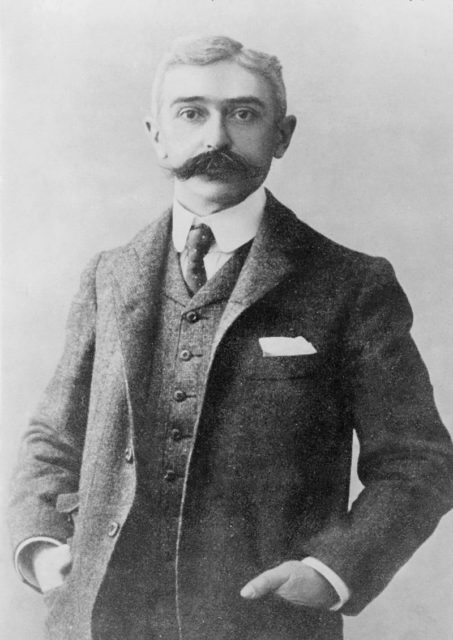
In May 1906, Baron de Coubertin organized a meeting in Paris for both IOC members and representatives of artists’ organizations. The meeting ended with a proposal to the IOC to organize artistic competitions at the Olympic Games in five areas (architecture, literature, music, painting, and sculpture). The works of art entered had to be inspired by sports.
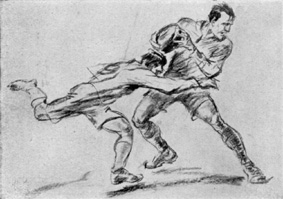
Preparations were underway to hold such competitions at the 1908 Summer Olympics, which were scheduled for Rome, Italy. But the Italian organizers were faced with financial troubles and were forced to halt preparations, and the IOC awarded the organization to London in 1907. The British organizers planned to hold the art competitions, but because of the short preparation time, they were canceled. The organizers felt that artists would not have enough time to send in their works.
Pierre de Coubertin was not discouraged and sought to include the artistic events in the program of the 1912 Summer Olympics, to be held in Stockholm, Sweden. Although the Swedes initially objected, opposing the idea of art combined with competition, they eventually gave in. The number of entrants was rather disappointing: only 35 artists are known to have sent works of art to Sweden, but gold medals were awarded in all five categories.
When the first post-war Olympic Games were held in war-ravaged Belgium, art contests were again on the program, although they were little more than a sideshow. This was different for the 1924 Summer Olympics in Paris. The contests were taken seriously for the first time, and 193 artists submitted works. Remarkably, this figure also includes three Soviet artists, even though the Soviet Union officially did not take part in the Olympic Games, which they considered to be a “bourgeois festival”.
The growth continued at the 1928 Amsterdam Olympics, where over 1,100 works of art were exhibited in the Municipal Museum, not including the submissions in literature, music, and architecture. Artists were allowed to sell their works at the close of the exhibition, which was rather controversial given the IOC’s amateurism policy, which required all competitors to be amateurs. In Amsterdam, the number of events was also increased, as four of the five fields of art were subdivided, creating more events.
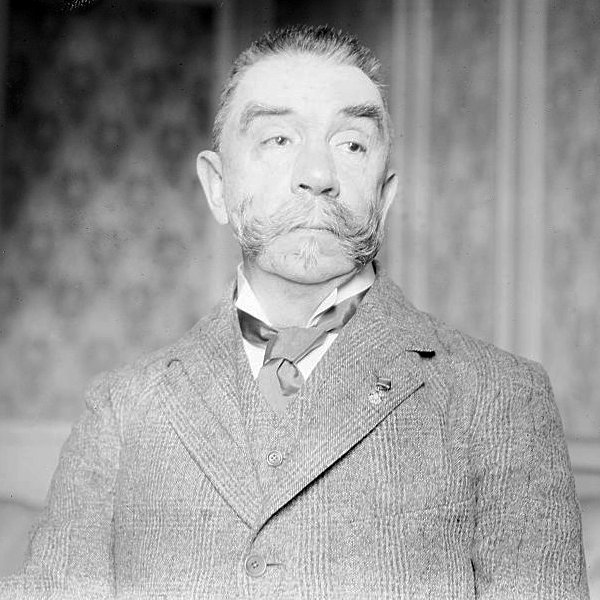
Because of the economy and the remote location of Los Angeles, participation in the athletic events of the 1932 Games was lower than that of 1928. The art competition did not suffer from this problem, and the number of artworks entered remained stable. Their exhibition drew 384,000 visitors to the Los Angeles Museum of History, Science and Art. Art contests were also held in Berlin (1936) and London (1948), with reasonable success, although the number of entered works had significantly dropped by 1948.
In 1949, a report was presented at the IOC meeting in Rome which concluded that practically all contestants in the art competitions were professionals, and that the competitions should therefore be abolished and replaced with an exhibition without awards or medals. This sparked a heated debate within the IOC. At a 1951 meeting, the IOC decided to reinstate the competitions for the 1952 Olympics in Helsinki. However, the Finnish organizers claimed there was insufficient time, and an art competition was not held. An art exhibition took place in its stead.
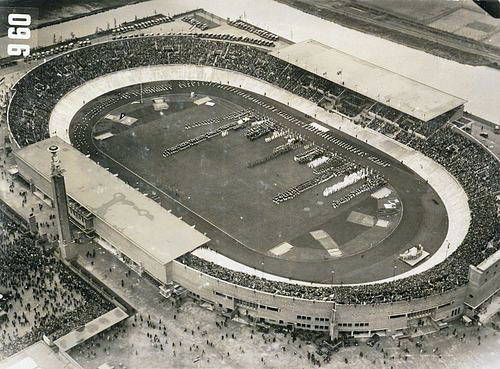
The issue continued to be debated within the Olympic Movement, and at the 49th IOC Session in Athens, 1954, the IOC members voted to replace the art contests with an exhibition for future Olympics. Several attempts have been made to re-include them, but without success.
The Olympics continue to be connected with art exhibitions, however. The Olympic Charter required organizers of the Olympic Games to include a program of cultural events, to “serve to promote harmonious relations, mutual understanding and friendship among the participants and others attending the Olympic Games”.
From 1912 to 1948 rules of the art competition varied, but the core of the rules remained the same. All of the entered works had to be inspired by sport, and had to be original (that is, not be published before the competition). Like in the athletic events at the Olympics, gold, silver, and bronze medals were awarded to the highest ranked artists, although not all medals were awarded in each competition. On a few occasions, in fact, no medals were presented at all.
Generally, it was permitted for artists to enter multiple works, although a maximum number was sometimes established. This made it possible for an artist to win multiple prizes in a single competition.
At one time or another, there were suggestions to also include dancing, film, photography, or theater, but none of these art forms was ever included in the Olympic Games as a medal event.
